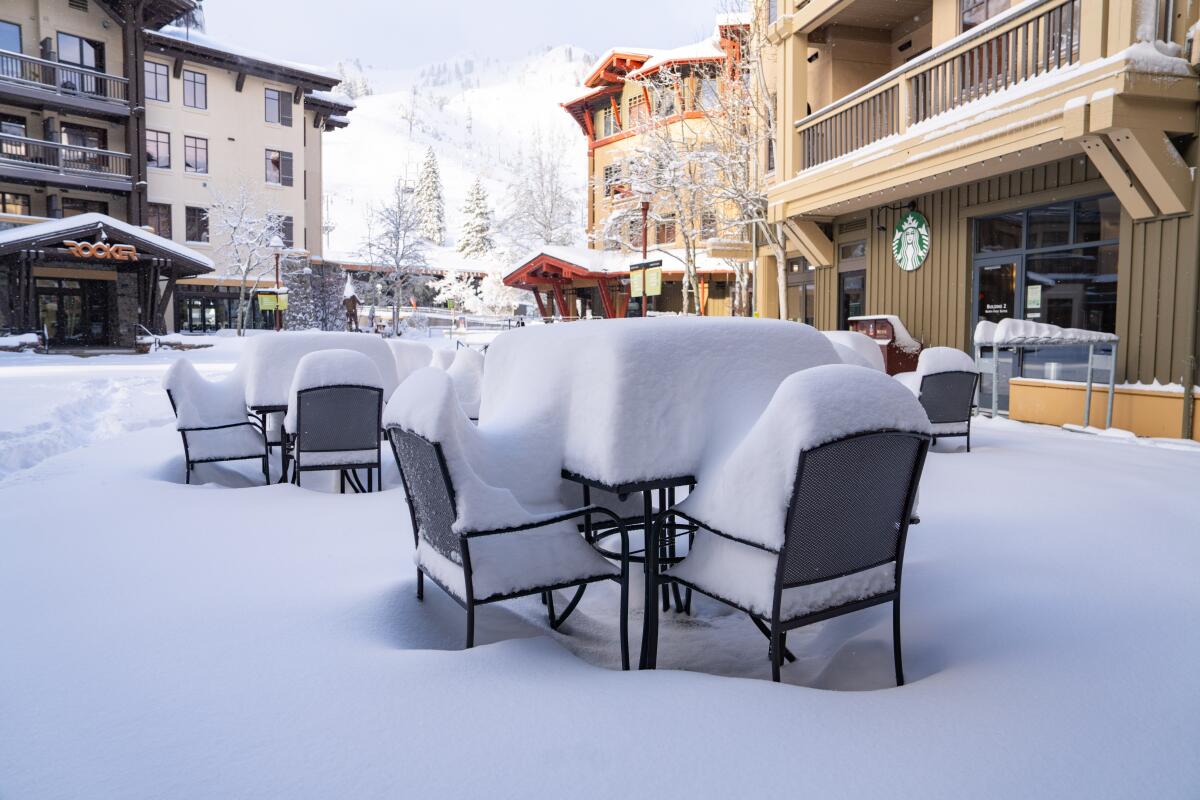California’s 4-year-olds face a huge decision with transitional kindergarten

- Share via
Good morning. It’s Tuesday, May 7. This is Jenny Gold. I cover early childhood education for The Times. Here’s what you need to know to start your day.
- Universal Transitional Kindergarten is coming. We found everything you need to know before deciding to enroll.
- Pro-Palestinian protests at U.S. college campuses continue.
- Weird weather hits California, again.
- And here’s today’s e-newspaper
You're reading the Essential California newsletter
Our reporters guide you through our biggest news, features and recommendations every morning
You may occasionally receive promotional content from the Los Angeles Times.
Transitional Kindergarten vs. preschool, explained
Parents of young children across California are facing a big decision right now: Should they keep their kids in preschool next year, or should they give the state’s newly expanding Transitional Kindergarten, or TK, a try?
TK — California’s $2.7-billion initiative to offer families an extra year of free public education — will be open next year to all children who turn 4 by June 2. At LAUSD, all children who turn 4 by Sept. 1 are already eligible. The program is causing great concern for the rest of the child-care industry.
But the state does not currently evaluate what goes on in individual TK classrooms, and information on what they look like can vary greatly by district and even individual schools.
“We’ve told parents that this is one of the most important times of their kid’s life, but we’ve left this information vacuum,” said Anna Markowitz, a professor at the UCLA School of Education and Information Studies.
So we at the L.A. Times early education team decided to dig in and share everything parents might want to know about Transitional Kindergarten.
Transitional Kindergarten is free. For some parents, this may be all they need to know. Unlike private preschool programs — which cost a median of $14,766 per year in L.A. County — TK is free.
The problem: TK may include as little as three hours a day of care, leaving families to fend for themselves after that. Some districts — including LAUSD — offer longer hours, in addition to after-care programs. Other districts may bus students to private after-care centers. But these extended-care options usually require additional fees, and slots may be limited. Some families may decide that keeping their children in a full-day preschool program is the more practical option.
TK classrooms generally have more students than the average preschool class. Classes max out at 24 students and must be supervised by two adults, one of whom must be a fully certified TK teacher — a 12-to-1 student-to-adult ratio. California state preschool classrooms, on the other hand, have a ratio of 8 to 1.
Teachers in a TK classroom generally have more education than preschool teachers, including a bachelor’s degree and a teaching credential, though these degrees do not necessarily prepare them to teach 4-year-olds. By 2025, TK teachers also will need to have 24 units of early childhood education or development.
Preschool teachers, on the other hand, may have fewer years of education but more experience teaching young children.
TK classrooms often expect a higher degree of independence from students, which may be challenging for younger children. TK does not offer a nap, for example, and most provide minimal assistance with toileting. In contrast, most preschools still provide naps, diapering and other toileting assistance to the same age group.
TK programs in California (like preschools) are supposed to teach to the California Preschool Learning Foundations, which were created by the Department of Education. By the age of 5, children in both types of programs are supposed to learn how to:
- Regulate their feelings and impulses more consistently
- Participate positively and effectively in a group
- Write their own name nearly correctly
- Know more than half of uppercase letters and lowercase letters.
- Solve simple addition and subtraction problems
So how do I pick?
Available hours, schedule details and costs end up being the deciding factors for many families. But classroom style and curriculum also are important.
Discerning parents often can set up a visit to a TK classroom to try to figure out how things are working in their own district.
Jade Jenkins, a professor of education at UC Irvine, advises that parents seeking a developmentally appropriate classroom look for a lot of open space, group tables instead of desks, and an environment that is mostly dedicated to allowing kids to explore independently. Sensory areas and activities such as a play kitchen or dress-up corner are good indications of a play-based program. Folders packed with worksheets are not. Classrooms should ideally have their own bathroom and access to the outside.
Today’s top stories
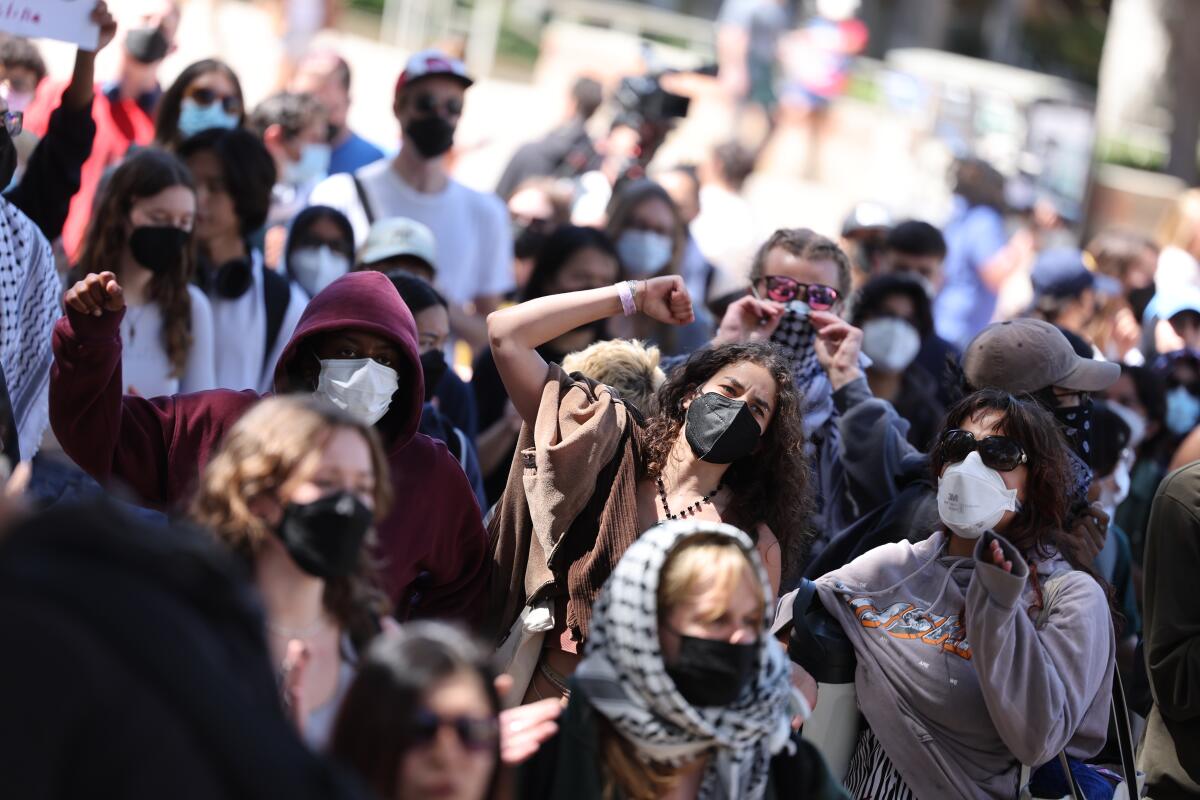
Pro-Palestinian protests at UCLA
- Over 100 were arrested at UCLA and UCSD is stepping up security as administrators clamp down on protesters.
- The detention of independent journalist and activists at UCLA has drawn an outcry over press freedom.
- UCLA detectives are using Jan. 6 tactics to find members of the masked mob who attacked the pro-Palestinian camp.
More on Gaza
- Here’s what the polling says about the generational shift in U.S. attitudes about Israel.
- Israel ordered Palestinians to evacuate eastern Rafah and begun some ground operations there.
Weird weather hits California
- The snowiest day of the season was recorded in NorCal this weekend, even though it’s May!
- In SoCal, strong winds toppled scaffolding, canceled a beach festival and started brush fires
Environment, climate and politics
- Young voters aren’t giving Biden credit for passing the biggest climate bill in history. Here’s why.
- ‘Nothing is untouched’: DDT found in deep-sea fish raises troubling concerns for food web
Baja California killings
- Three friends drove from California to Mexico for a surfing trip. Then they disappeared.
- Mexican authorities found 3 bodies last week during their search.
- The bodies, which were found in a well, were identified as the Australian and American surfers who were killed for tires.
- Here’s everything else we know.
Pulitzers
- Los Angeles Times’ former film critic Justin Chang won the Pulitzer Prize for criticism.
- The tiny Central Coast newsroom Lookout Santa Cruz won the Pulitzer Prize for breaking news.
More big stories
- Here’s the joke that crossed the line for Tom Brady during his Netflix roast.
- This tiny apartment costs $7 a month. Scoring one is like winning the lottery.
- Jeannie Epper, the trailblazing Hollywood stuntwoman, died at 83.
- Jackie Lacey lost the L.A. D.A. job to George Gascón. Now she’s endorsing his 2024 rival.
Get unlimited access to the Los Angeles Times. Subscribe here.
Commentary and opinions
- Editorial board: To reach climate goals, L.A. needs action on its Green New Deal — not excuses.
- LZ Granderson: Trump’s racist ‘welfare’ dog whistle is nonsense just like Reagan’s.
- Anita Chabria: MAGA loves the Gaza protests. Here’s why.
Today’s great reads
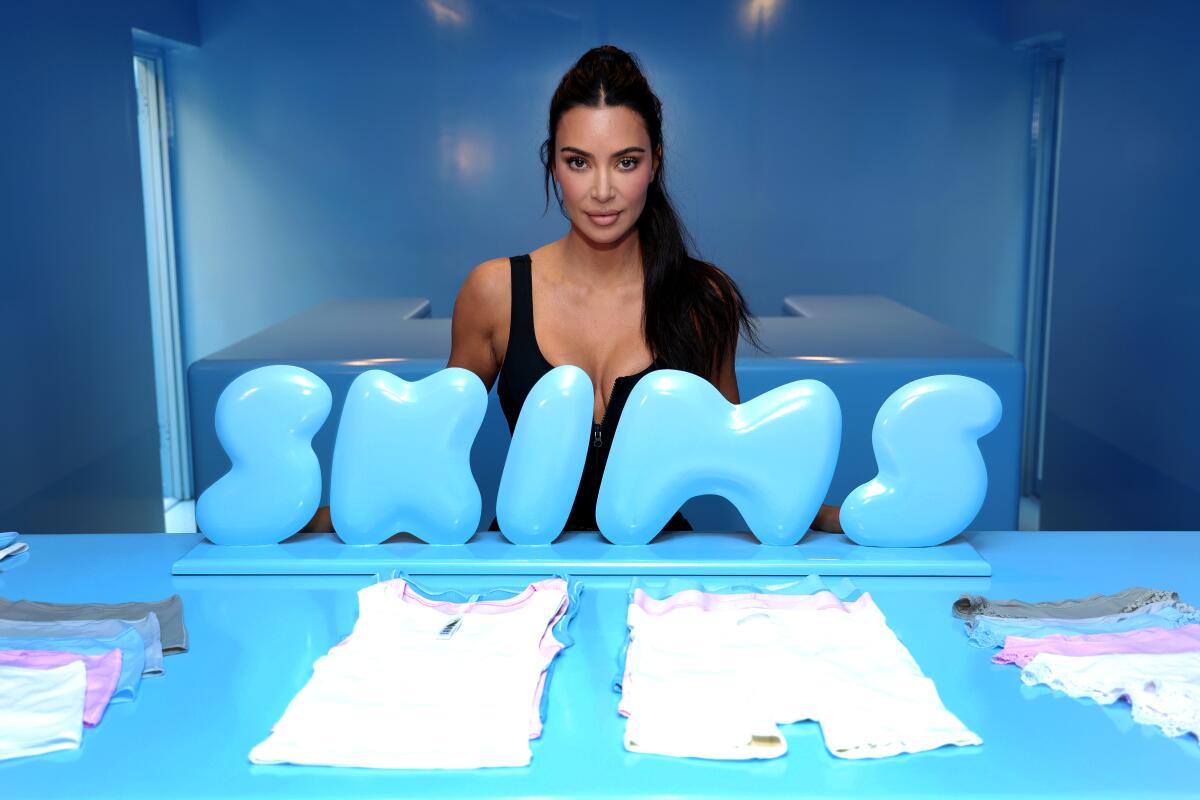
Armed with venture capital, Skims and Kim Kardashian write their ‘second chapter.’ Kardashian’s celebrity shapewear brand raked in $330 million in venture capital funding last year, the second-highest among L.A.-area companies. Retail stores are next.
Other great reads
- Their daughter killed herself with a deputy’s gun. They’re still looking for answers.
- This gentrifying Mexico City neighborhood has a Soho House — and a migrant encampment
How can we make this newsletter more useful? Send comments to essentialcalifornia@latimes.com.
For your downtime
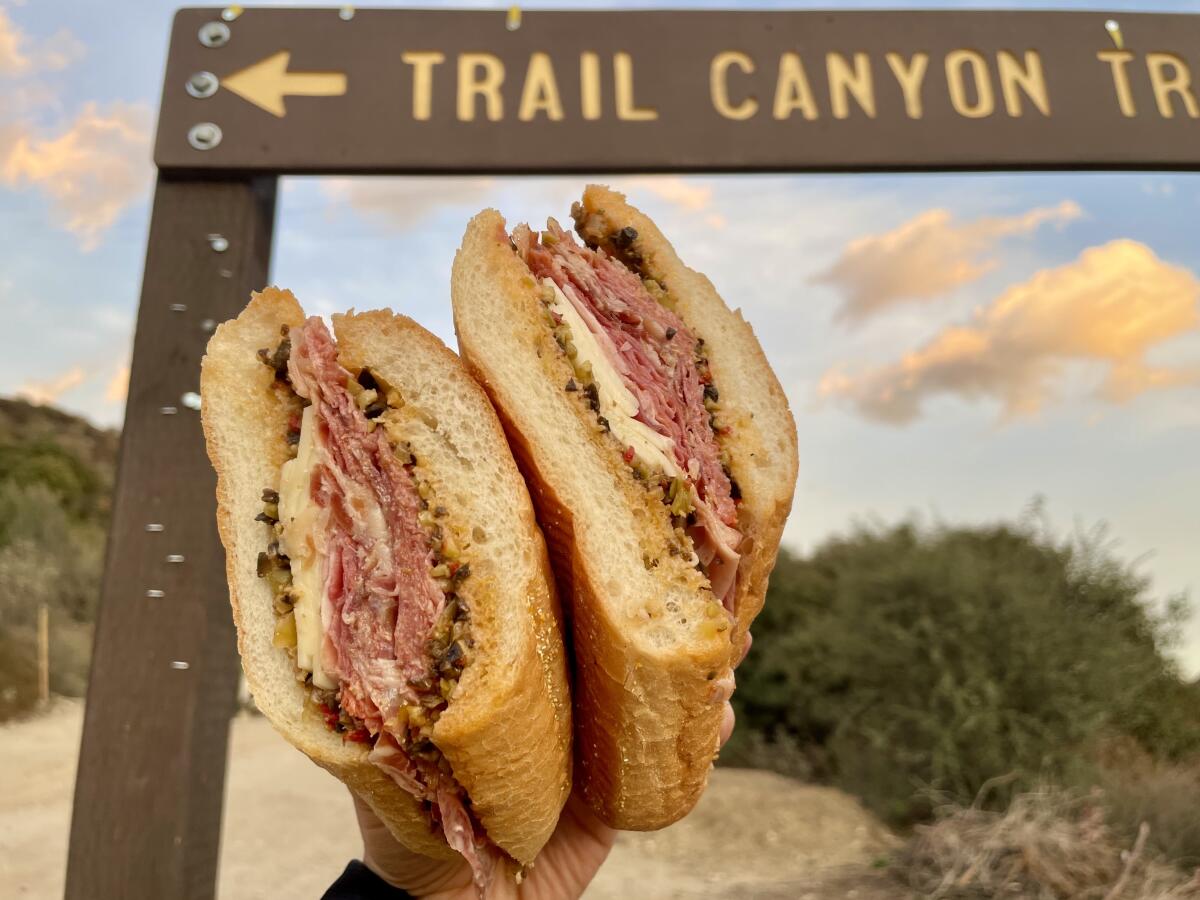
Going out
- 🥪 The right sandwich for 22 different hikes in L.A.
- ⚾ Where to eat and drink near Dodger Stadium before or after a game.
- ⛳ Looking for a tee time? Here are 9 pleasant public golf courses in L.A.
Staying in
- 👚 The benefits of dressing up to stay in — and why they outweigh dressing up to go out.
- 📖 Whoopi Goldberg discusses her new memoir, ‘Bits and Pieces: My Mother, My Brother, and Me.’
- 🧑🍳 Here’s a recipe for pork and shrimp lumpia Shanghai with cracked pepper coconut vinegar sauce.
- ✏️ Get our free daily crossword puzzle, sudoku, word search and arcade games.
And finally ... a great photo
Show us your favorite place in California! We’re running low on submissions. Send us photos that scream California and we may feature them in an edition of Essential California.
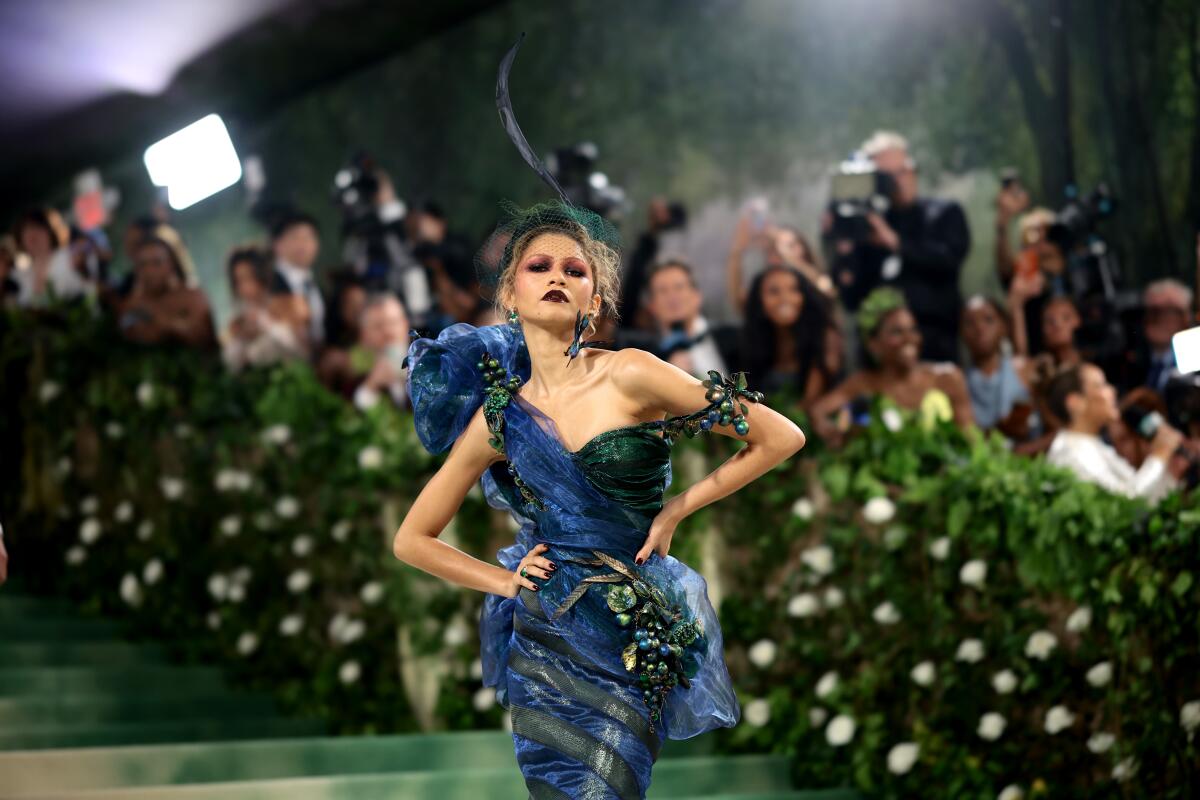
Today’s great photo is from Dimitrios Kambouris for Getty Images. The photographer snapped this shot of Zendaya at the 2024 Met Gala. See the best red-carpet fashions from the gala, which had the theme “The Garden of Time.”
Have a great day, from the Essential California team
Jenny Gold, education reporter
Christian Orozco, assistant editor
Stephanie Chavez, deputy metro editor
Karim Doumar, head of newsletters
Check our top stories, topics and the latest articles on latimes.com.
Sign up for Essential California
The most important California stories and recommendations in your inbox every morning.
You may occasionally receive promotional content from the Los Angeles Times.

